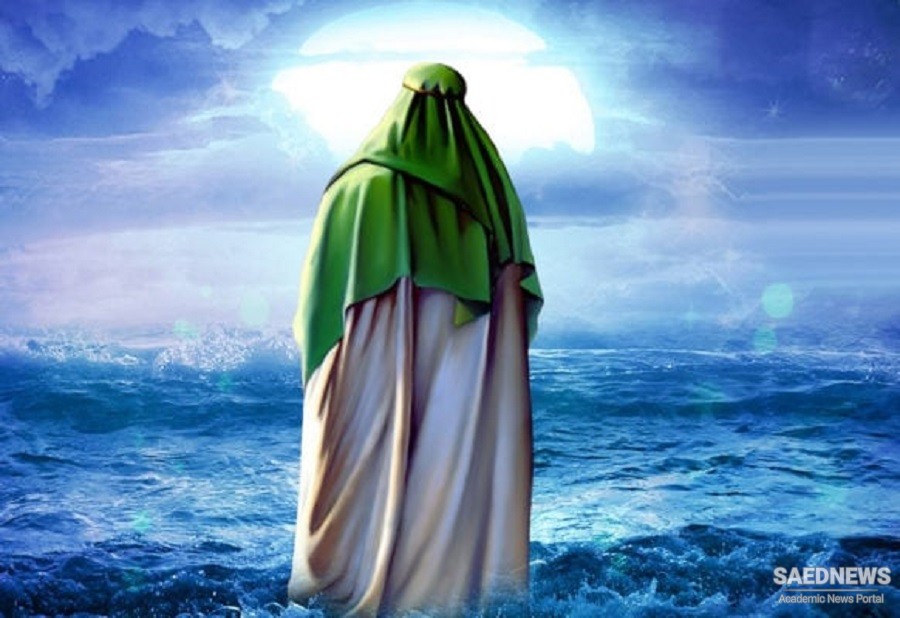In Islamic societies a recurrent pattern of phases of belief in an Expected Deliverer may be discerned. It is often designated as “ Mahdism” , since the title given to such a personage is that of al-Mahdi. The word, i.e. "Al-Mahdi", which means the one led by God to the truth, is a proper name so that it has become like most names. Moreover, it is the designation of one who has been announced as good news, to come at the end of time. The doctrine of the Mahdi rests, in general terms, on three basic features. He will appear during the period of anarchy and chaos which will precede the coming of the End of the World. During this time upheavels and dissension will divide the Muslim community and lead to political strife, social disorder and moral degeneration. Dissension refers to the Arabic word fitna, which in the Koran is used with the meanings of temptation, trial, punishment, misfortune, discord, sedition or civil war. Thus, Fitnah on the one hand came to be employed in the sense of the final trial of man by God, as well as the torments afterwards, such as “ Upon the day when they shall be tried at the Fire” , (Koran 51:13). On the other, it is connected with the kind of revolt or civil war which breeds schism and through which the believer’s purity of faith is gravely endangered. The latter notion is particularity illustrated by numerous hadllhs of the trouble to come, in which the community will be destroyed, and from which the believer must flee.


 Cultural Policy and Its Implications for Heritage Tourism in Twentieth Century
Cultural Policy and Its Implications for Heritage Tourism in Twentieth Century














































